ROBERTO DI GIULIO (male) - PhD, Head of Department, Project coordinatorProf. Roberto Di Giulio is an architect, PhD in “Technology of Architecture”, Head of the Department of Architecture at the University of Ferrara and director of the Building Maintenance Laboratory (LEM). He is full Professor at the University of Ferrara, where he teaches Design of Construction Systems. His research encompasses a broad range of subjects: performance of materials, building design methodologies, investigation of maintenance strategies and building pathology. He has been actively involved, often as WP leader, in several EU research projects from FP4, FP5, FP6, FP7: Brite Euram 4213, Ariadne, Brite Euram 4670, IFD, EBOB, SuRE-FIT, EU-CHIC, Proficient and Streamer. He has been the coordinator of the Cost Action “TU0701 – Improving the Quality of Suburban Building Stocks". He is Member and Chair of a Working Group in the Focus Area on “Cultural Heritage” in the European Construction Technical Platform (ECTP). | 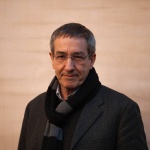 |
FEDERICA MAIETTI (female) - PhD, Architect, Research fellow, Technical coordinatorFederica Maietti, architect, PhD in “Technology of Architecture”. Since 2003 she works as research fellow at the Department of Architecture of the University of Ferrara, focusing her activities in the fields of advanced diagnostic procedures, innovative technologies and materials for restoration projects in different contexts, including the archaeological site of Pompeii, Malta and Oaxaca (Mexico). She is responsible of 3D laser scanner survey for documentation and diagnosis of architectonical surfaces. Inside Construction Platform of Emilia-Romagna High Technology Network she was involved in research activities concerning regional, national and international project. | 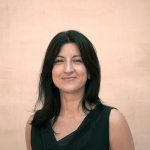 |
FRANCESCA CAPPELLETTI (female) - Phd, Art Historian, Associated professorFrancesca Cappelletti, PhD in “Art History”, professor at the University of Ferrara, and scientific committee of the TekneHub. She studied at La Sapienza, Rome, at the Warburg Institute, London, and at Collège de France, Paris. Her publication on the Mattei paintings collection contributing to the rediscovery of the lost painting The taking of Christ, by Caravaggio, now at the National Gallery of Art, Dublin. She studied the French followers of Caravaggio, the Flemish artists in Italy, and wrote a book on the painter Paul Bril. Since 2007 she is the director of the Fondazione Ermitage Italia. She has been among the curators of the exhibition Nature et Idéal. Le paysage à Rome 1600-1650, Paris, Grand Palais- Madrid, Prado, 2011. She is currently a component of the Consiglio Superiore dei Beni Culturali at the Italian Ministry of Cultural Heritage. | 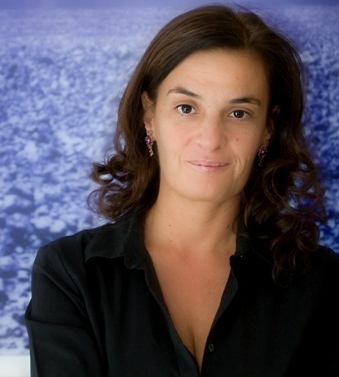 |
EMANUELE PIAIA (male) - PhD, Architect, Research fellow, Technical coordinatorEmanuele Piaia, Architect PhD in “Technology of Architecture”, is Adjunct Professor of Technology of Architecture at University of Ferrara where he is member of the LEM as research fellow. His research interest includes building design, innovation building technologies, cultural heritage, sustainable refurbishment and energy efficiency. He has been involved in several national and international research project as: INTERREG Project - Villas, Stately Homes and Castles; 7th FP _ EU CHIC; COST TU0701_Improving the quality of suburban building areas; PRIN 2008_Refurbishment, regeneration and valorisation of the high density social housing settlement built in the second part of ‘900 in the suburban areas. | 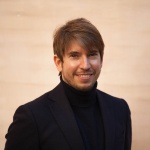 |
SILVIA BRUNORO (female) - PhD, Architect, Research fellowSilvia Brunoro is architect and PhD in “Technology of Architecture”, she is Contract Professor and member of the LEM at the Department of Architecture, University of Ferrara. She has been involved in many national and European researches, such as: ACTION COST C16 "Improving the quality of existing urban building envelopes", the INTERREG II B project “Villas- stately homes and castles”, ACTION COST TU0701 “Improving the quality of Suburban building stock”, the EU FP7 Project Proficient “SME network business model for collective selforganized processes in the construction and retrofit of energy-efficient residential districts”. She is specialized in EU research financial statement. She is author of several publication concerning energy efficiency and sustainable design, mainly related to the envelope of the building. Her main field of research are sustainable refurbishment, energy efficiency and innovation of technologies and materials. | 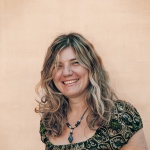 |
Federico Ferrari (male) – Architect, ResearcherFederico Ferrari, architect, is researcher at the University of Ferrara, Department of Architecture, since 2006. He is the coordinator of the DIAPReM research center and Adjunct Professor of Freeform Modelling and Reverse Engineering. Since 1998, he was involved in several national research projects (PRIN and FIRB), as well as European projects. He is author of more than 80 scientific publications on innovative technologies for the valorization and preservation of Cultural Heritage by the use of 3D laser scanning, 3D & BIM modeling, thermography, colorimetry, and spectrophotometry. Since 2010, he is coordinator for research projects focused on Virtual Reality and WebGis/BIM applied to sub-surface utility rediscovery. He is also member of the UID (Italian Union of Drawing).
| 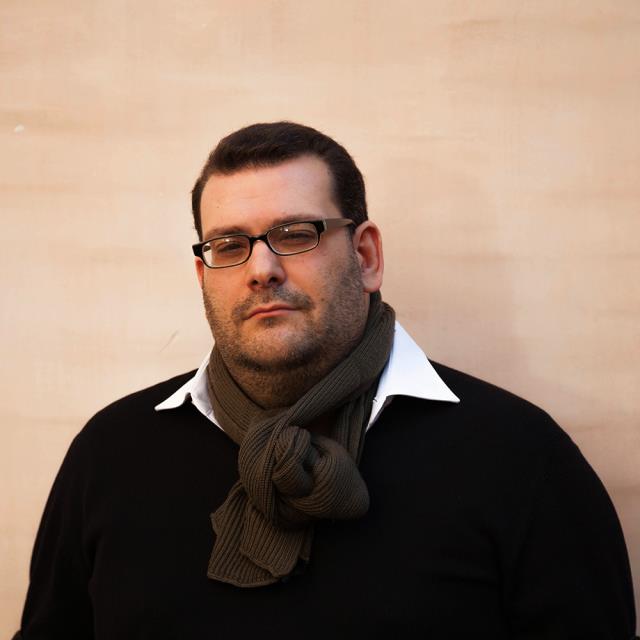 |